

 |
Sample Dialogue 4–1①—Introduction会 |
Read the following characters and situation.
登場人物•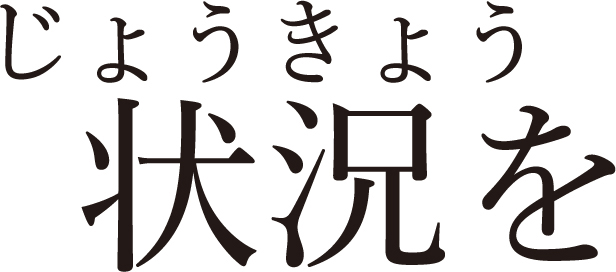 確
確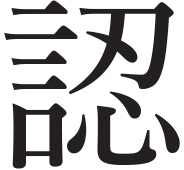 してください
してください
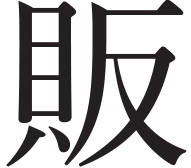 売
売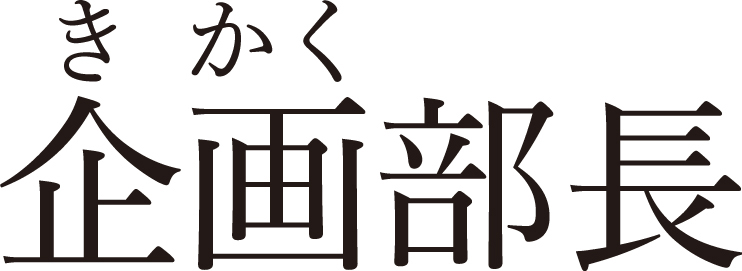 、
、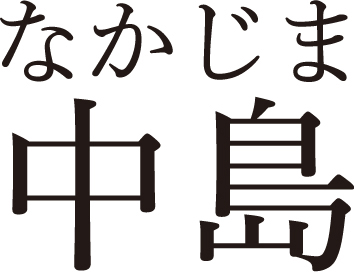 (
(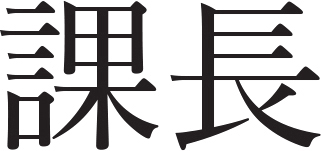 )
)
For several years, Heisei Electric has been developing a next-generation product, on which it is staking its destiny. The new product is to be launched shortly, and the company has entered the stage for planning its sales strategy. The general manager of Sales Planning Department asks Mr. Nakajima, a manager, to conduct market research.
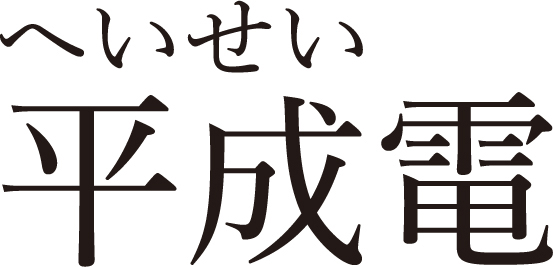 気には社
気には社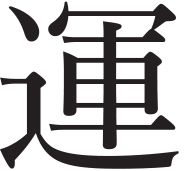 をかけて数年来
をかけて数年来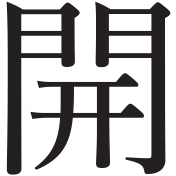 発している次世代
発している次世代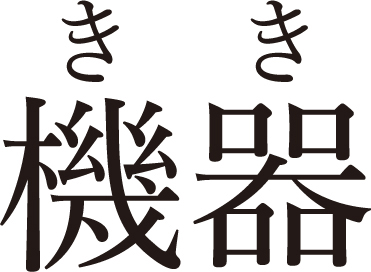 がある。その完成の
がある。その完成の 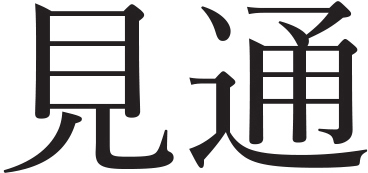 しがついて、
しがついて、 する段
する段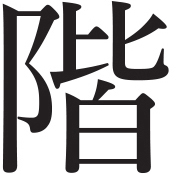 に入った。そこで、
に入った。そこで、 売企画
売企画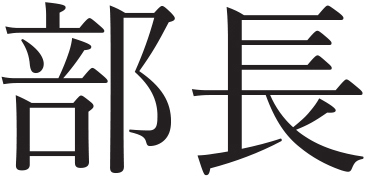 は
は  の中島さんに市場
の中島さんに市場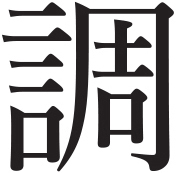 査を
査を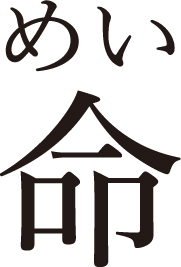 じる。
じる。
Listen to Sample Dialogue 4–1 having in mind the following points ①–③:
以下の①〜③について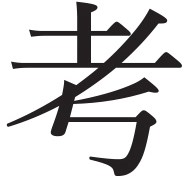 えながら、会
えながら、会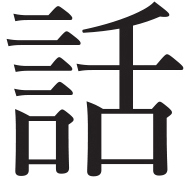 例4–1を
例4–1を きましょう。
きましょう。
 [Sample Dialogue 4–1]
[Sample Dialogue 4–1]
①How do you think the general manager of Sales Planning Department appreciates Mr. Nakajima and why?
②How do you think Mr. Nakajima felt when receiving instructions from the general manager and why?
③What do you think about the timing and the contents of Mr. Nakajima’s questions to the general manager?
① 売
売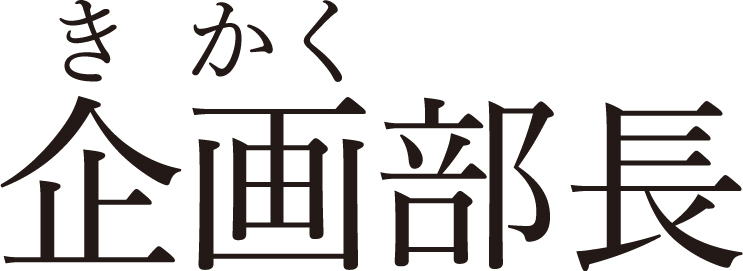 は
は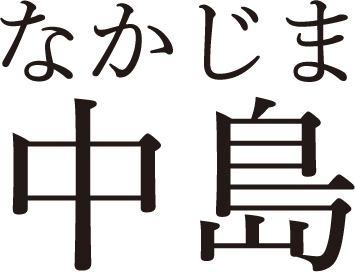 さんをどのように
さんをどのように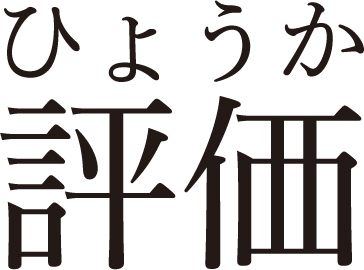 していると思いますか。それはど うしてですか。
していると思いますか。それはど うしてですか。
②中島さんは 売企画
売企画 から指示を受けて、どのように感じたと思います か。それはどうしてですか。
から指示を受けて、どのように感じたと思います か。それはどうしてですか。
③中島さんの 売企画
売企画 に対する
に対する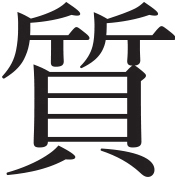 問のタイミングや内容についてどう思い ますか。
問のタイミングや内容についてどう思い ますか。
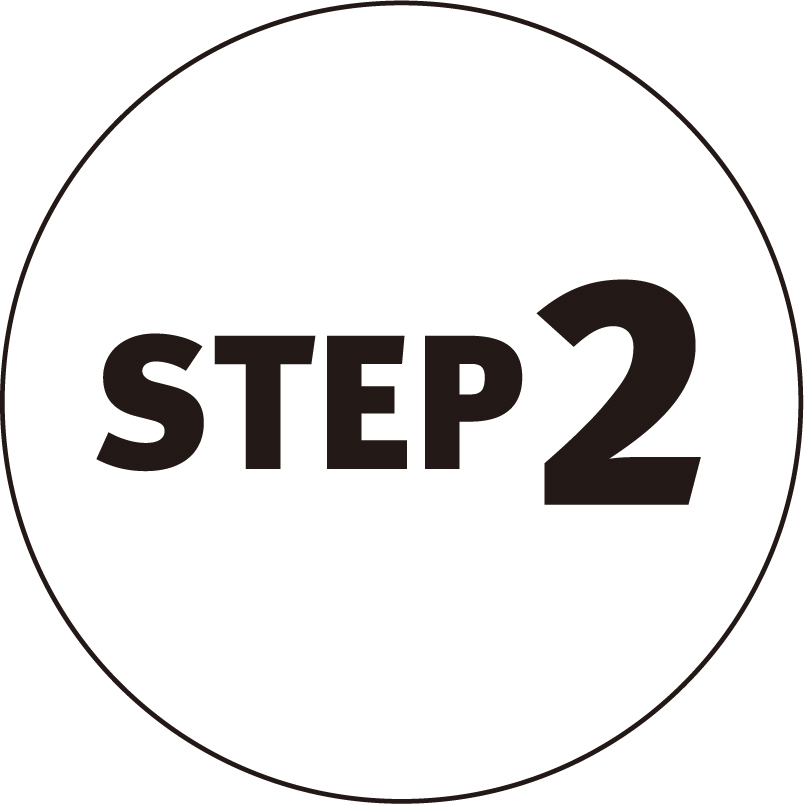 |
Sample Dialogue 4–1②—Expressions会 |
Listen to Sample Dialogue 4–1 paying attention to what sorts or expressions are used. Note relationship between the characters, what is intended by their remarks, and the overall situation or the Dialogue stated in the following task sheets before starting to listen.
次に、会 例4–1で使われている
例4–1で使われている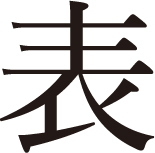 現にはどんな
現にはどんな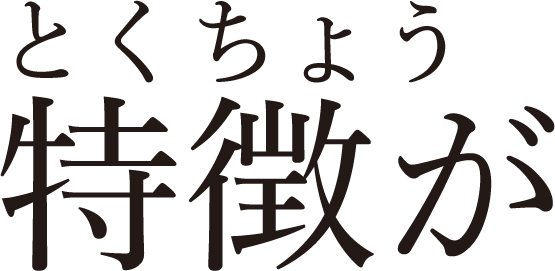 あるか
あるか えながら
えながら き ましょう。登場人物の
き ましょう。登場人物の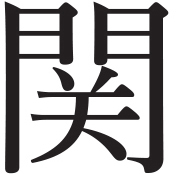 係、会
係、会 の目的•内容、
の目的•内容、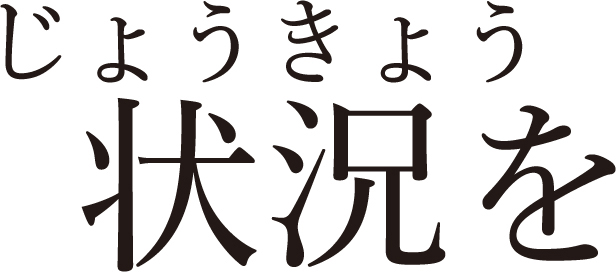 タスクシートで確
タスクシートで確 し てから始めてください。
し てから始めてください。
Listen to Sample Dialogue 4–1 paying attention to the way the general manager speaks.
 売企画
売企画 の
の し方に注意して会
し方に注意して会 例4–1を
例4–1を きましょう。
きましょう。
 [Sample Dialogue 4–1]
[Sample Dialogue 4–1]
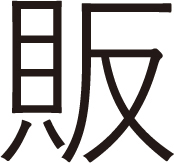 売
売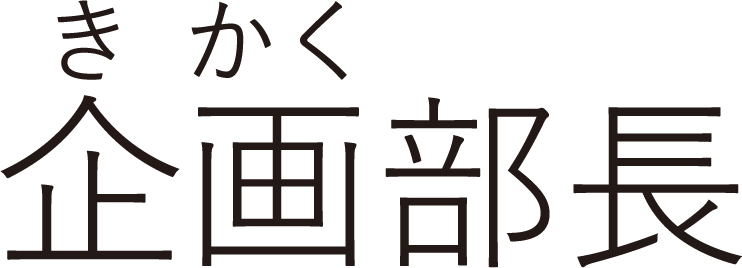 のタスクシー卜
のタスクシー卜
|
|
|
|
何をする |
指示を |
何について |
市場 |
どうして |
次世代 |
Interesting expressions used by the general manager of Sales Planning Department:
 売企画
売企画 の発
の発 の中で、
の中で、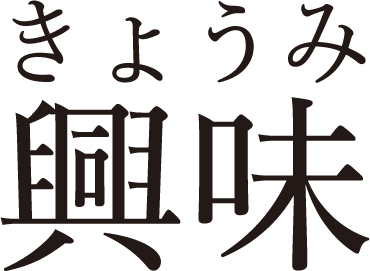 を持った
を持った 現を書き出しましょう。
現を書き出しましょう。
Listen to Sample Dialogue 4–1 paying attention to the way Mr. Nakajima speaks.
中島さんの し方に注意して会
し方に注意して会 例4–1を
例4–1を きましょう。
きましょう。
 [Sample Dialogue 4–1]
[Sample Dialogue 4–1]
中島さんのタスクシー卜
|
中島さんが |
|
|
何をする |
指示を受ける。必 |
何について |
市場 |
どうして |
次世代機器の |
Interesting expressions used by Mr. Nakajima:
中島さんの発 の中で、
の中で、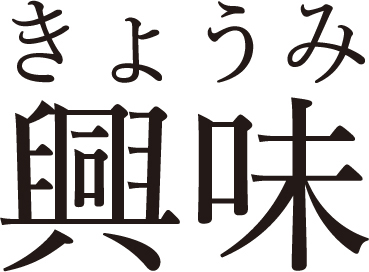 を持った
を持った 現を書き出しましょう。
現を書き出しましょう。
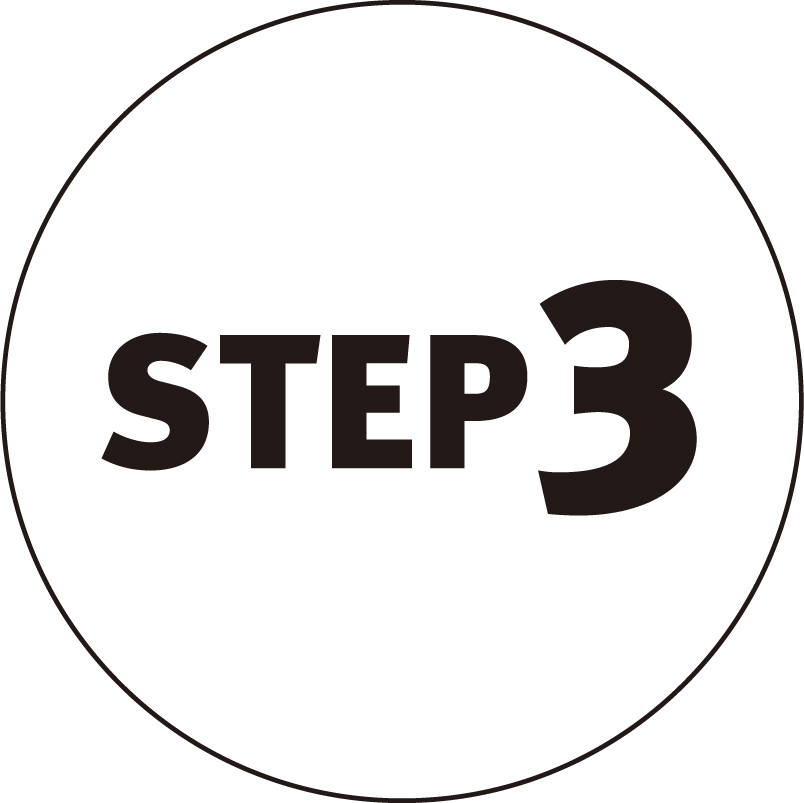 |
Sample Dialogue 4–1③—Review会 |
Listen to Sample Dialogue 4–1 once again and itemize your comments on the points ①–③ stated in STEP 1. Consider the reasons for the use or expressions you wrote down in STEP 2.
もう一度会 例4–1を
例4–1を いて〈STEP1〉の①〜③について、
いて〈STEP1〉の①〜③について、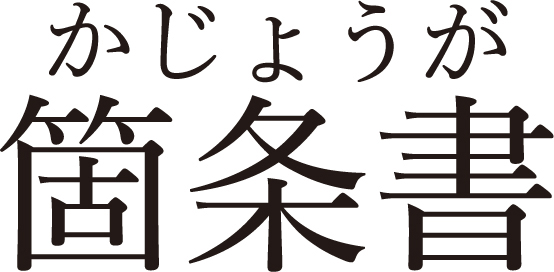 きにまとめま しよう。
きにまとめま しよう。
 [Sample Dialogue 4–1]
[Sample Dialogue 4–1]
そして、〈STEP2〉で書き出した 現について、それらの
現について、それらの 現を使った理由を
現を使った理由を  えてみましょう。
えてみましょう。
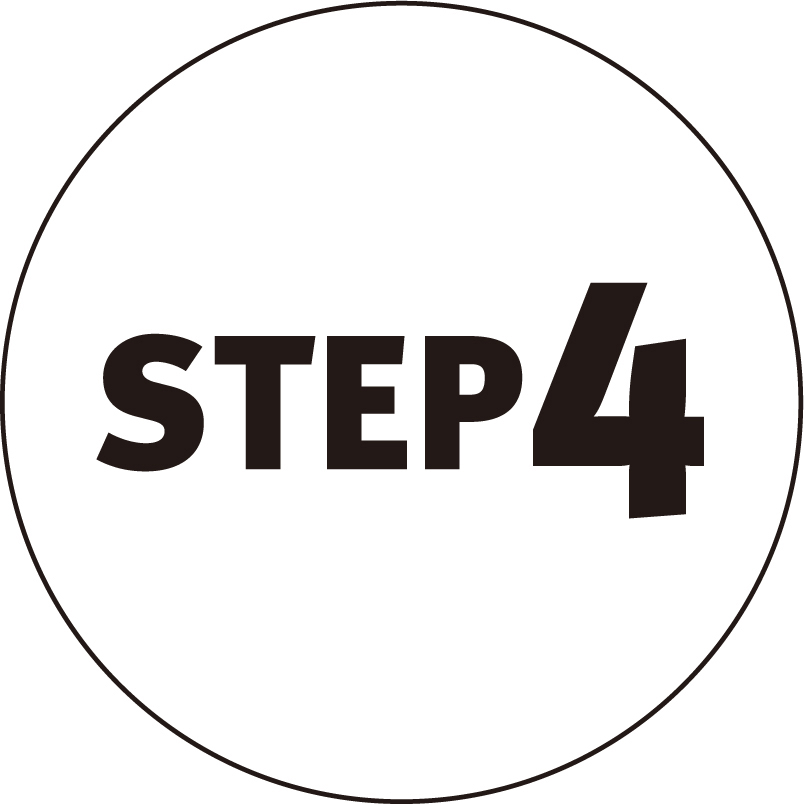 |
Variation of Sample Dialogue実 |
Carefully listen to similar dialogues “to give/confirm instructions” you hear around you. Have you heard expressions like those used in Sample Dialogue 4–1 or totally different expressions? Write down whatever you have noticed.
実 に
に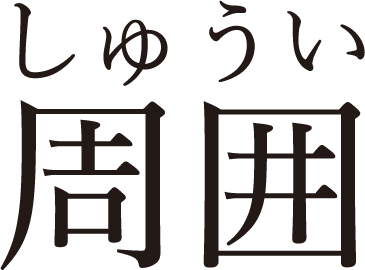 で
で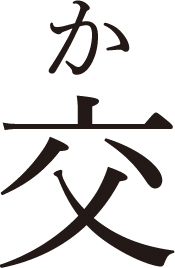 わされている、「指示を
わされている、「指示を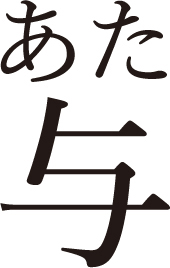 える/指示を確
える/指示を確 する」会
する」会 を
を 察 しましょう。会
察 しましょう。会 例4–1で使われている
例4–1で使われている 現は、同じように使われているでし ようか。全く別の
現は、同じように使われているでし ようか。全く別の 現が使われているでしょうか。気がついたことをメモして みましょう。
現が使われているでしょうか。気がついたことをメモして みましょう。
* The script and English translation of sample Dialogue 4–1 are shown in this page with the vocabulary list.
* this pageに会 例4–1のスクリプトと
例4–1のスクリプトと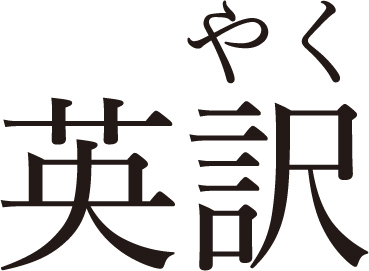 、
、 があります。
があります。
 [USEFUL EXPRESSIONS 4]
[USEFUL EXPRESSIONS 4]
1—Giving Instructions – Asking for Opinions 指示を与える一意 を
を く
く
①いろいろ意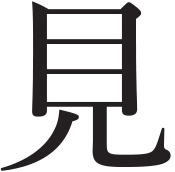 を
を きたいと思って······
きたいと思って······
②いろいろご意 をうかがいたいと思っております
をうかがいたいと思っております
③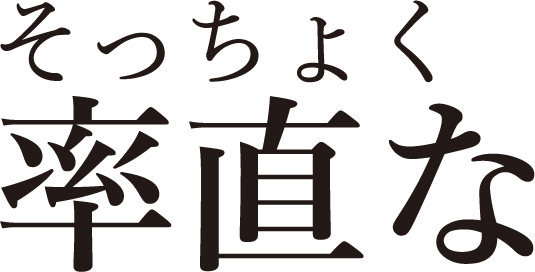 /
/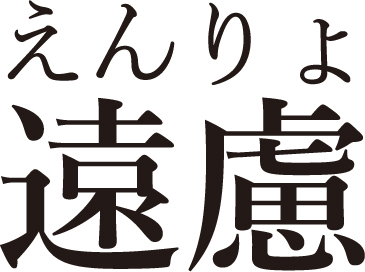 のない (ご) 意
のない (ご) 意 をお
をお かせいただきたいと思います
かせいただきたいと思います
In the above dialogue, the manager is speaking to a subordinate, so he uses just  きたい to introduce his questions. If politeness is needed, then ② would be more appropriate.③ is often used when asking formally for another person’s frank opinion.
きたい to introduce his questions. If politeness is needed, then ② would be more appropriate.③ is often used when asking formally for another person’s frank opinion.
EXAMPLES
今年度のセールスキャンペーンを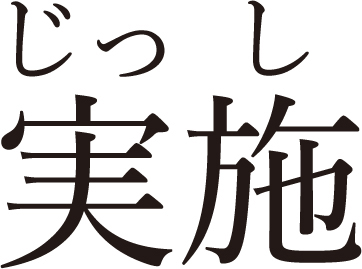 するに
するに して、
して、 売店の
売店の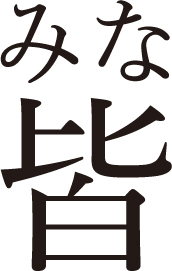 さんから、 いろいろご意
さんから、 いろいろご意 をうかがいたいと思っております。
をうかがいたいと思っております。
As we put into effect our sales campaign for this fiscal year, I would like to ask you, our sales dealers, for your opinion on various matters.
特にこの問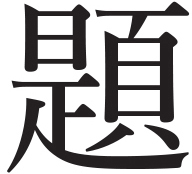 は
は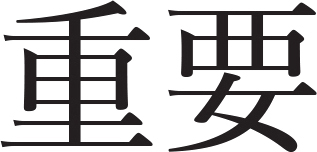 ですから、皆さんの率直なご意
ですから、皆さんの率直なご意 をお
をお かせいただきた いと思います。
かせいただきた いと思います。
This problem is particularly important, so I would like to hear your frank opinion.
VOCABULARY
率直 (な) |
そっちょく |
frank |
|
えんりょ |
|
実施 (する) |
じっし |
put into effect |
|
さいして |
when |
|
はんばいてん |
sales dealer |
2—Giving Instructions 指示を与える
①やってください
②やってもらいたいんですが
③やってもらえませんか
④できるだけ早いほうがいいですね
① is used to simply order the subordinate to do something, while ②③ is politer implicitly asking for agreement or willingness of the subordinate.④ is used when the results are expected as soon as possible.
EXAMPLES
いいですね。ありがとうございます。それでプロジェクトを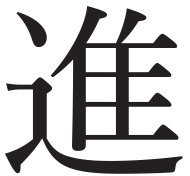 めてください。
めてください。
That sounds great. Thank you. Please go ahead with the project.
いい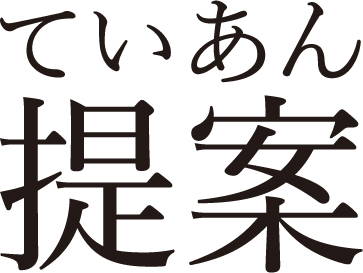 ですね。
ですね。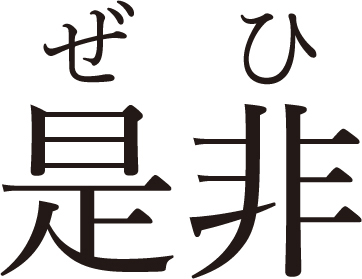 、それに
、それに って
って めてください。
めてください。
Your proposal is great. Please go ahead and proceed with it.
A  査結果はいつ
査結果はいつ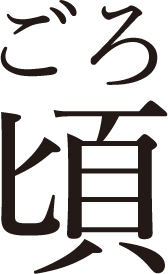 まで
まで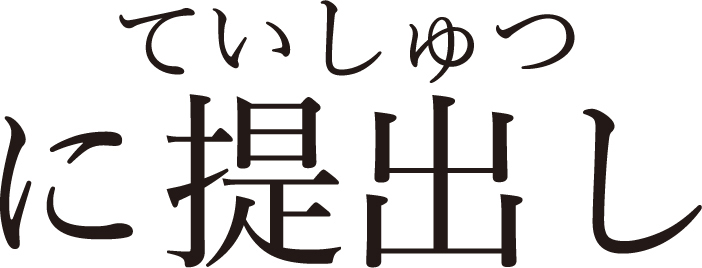 たらよろしいでしょうか。
たらよろしいでしょうか。
B できるだけ早い方がいいですね。来月の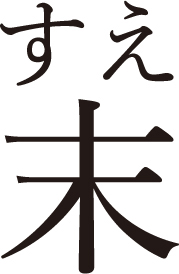 ぐらいまでにやってもらえませんか。
ぐらいまでにやってもらえませんか。
A By about when should we submit the survey results?
B The earlier, the better. Could you do that by around the end of next month?
3—Confirming Instructions – Openings 指示を確 する一切り出し
する一切り出し
①ひとつお きしてもよろしいですか
きしてもよろしいですか
②お きしたいことがございます/
きしたいことがございます/ 問があります
問があります
③もうひとつ、おたずねいたしますが······
④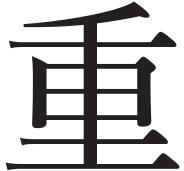 ね
ね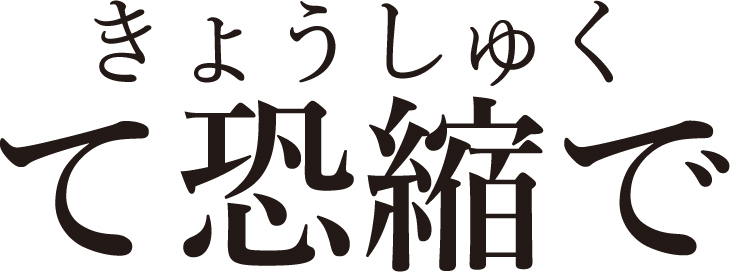 すが······
すが······
① and ② are typical patterns for broaching questions. Often 申し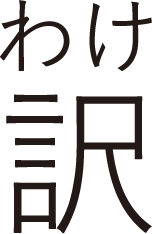 ありませんが or すみませ んが is used before these expressions to make them sound softer.③ and ④ are used when asking further questions; of these two,④ is the more polite.
ありませんが or すみませ んが is used before these expressions to make them sound softer.③ and ④ are used when asking further questions; of these two,④ is the more polite.
EXAMPLES
 問があります。先ほどのご
問があります。先ほどのご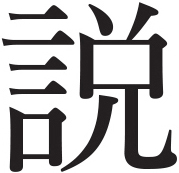 明では今年の経済動向は······
明では今年の経済動向は······
I have a question. According to the explanation you gave a moment ago, this year’s economic trends are…
 ね
ね すが、先ほどの件についてもう一度おたずねいたします。
すが、先ほどの件についてもう一度おたずねいたします。
I’m sorry to bother you again, but I would like to ask again about the matter that was just mentioned.
VOCABULARY
先ほど |
さきほど |
|
経済動向 |
けいざいどうこう |
4—Confirming Instructions 指示を確 する
する
①〜と えてよろしいでしょうか
えてよろしいでしょうか
②〜ということでいかがでしょうか
③〜と思いますが、どう/いかがでしょうか
④〜ということで/これでよろしいでしょうか
① through ④ are used to show your thinking or understanding about a matter and to ask the other person to confirm that you are correct.
5—Confirming Instructions – Asking for Opinions 指示を確 する一意
する一意 を
を く
く
①〜についてお かせいただければ (ありがたいと思います)
かせいただければ (ありがたいと思います)
②〜について (は) どうお えでしょうか
えでしょうか
③〜について (は) どう思われますか/思いますか
④その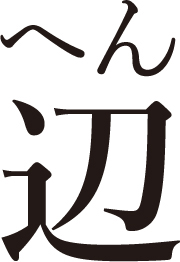 いかがでしょうか
いかがでしょうか
① through ③ are polite expressions for drawing out another person’s opinion or ideas about a specific topic.④ is used when the point of the question is more vague.
EXAMPLE DIALOGUE
政治家
原子力エネルギーに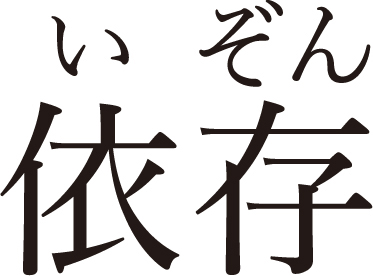 しない社会づくりについては、あくまでも政治
しない社会づくりについては、あくまでも政治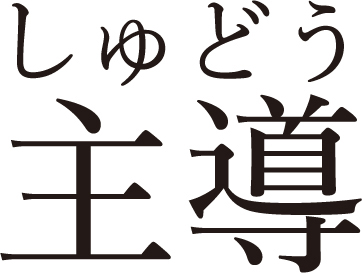 で
で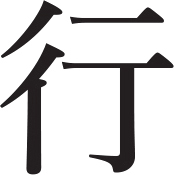 われるべきだと
われるべきだと えております。
えております。
 A
A
これにはいろいろと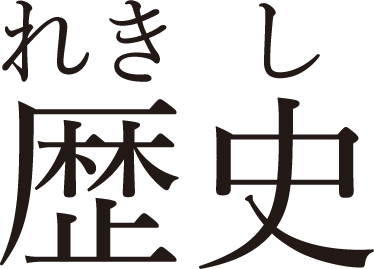 的
的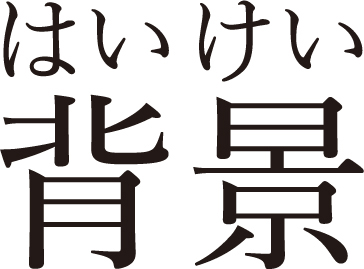 があると思われますが、その
があると思われますが、その についてどうお
についてどうお えでしようか。
えでしようか。
 B
B
その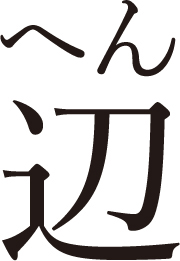 をもう少し
をもう少し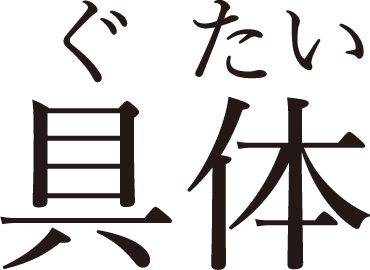 的にお
的にお かせいただければありがたいと 思います。
かせいただければありがたいと 思います。
I believe that the nuclear energy-free society should be definitely realized at the initiatives of politicians.
I think there are various historical factors behind this matter. What is your opinion on that?
Reporter B
We would appreciate it if you could speak a bit more concretely about those matters.
EXAMPLE
最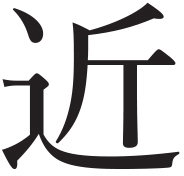 の急
の急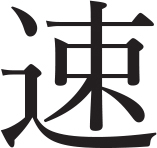 な円
な円 の
の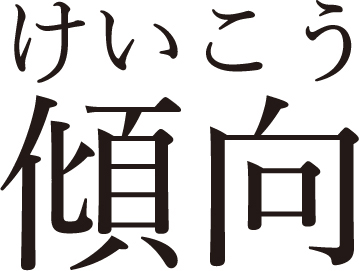 についてはどう思われますか。
についてはどう思われますか。
What do you think about the recent tendency toward a rapid increase in the yen’s exchange rate?
VOCABULARY
政治家 |
せいじか |
politician |
原子力 |
げんしりょく |
nuclear |
主導 |
しゅどう |
|
|
きしゃ |
reporter |
歴史的 |
れきしてきはいけい |
historical factors |
具体的 (な) |
ぐたいてき |
concrete |
急 |
きゅうそく |
rapid |
円 |
えんだか |
|
傾向 |
けいこう |
tendency |

 |
Using USEFUL EXPRESSIONS
|
Complete the following dialogue using the foregoing USEFUL EXPRESSIONS.
USEFUL EXPRESSIONSを使って会 を作りましょう。
を作りましょう。
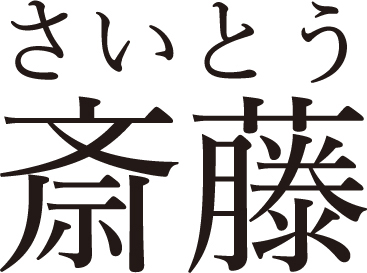 (
( ) 人事
) 人事
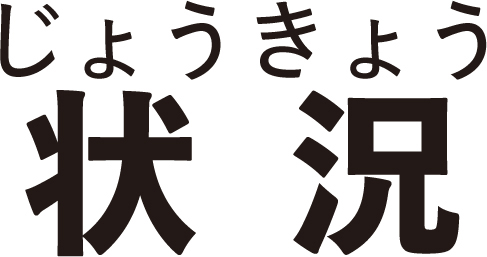
Ms. Saito, the general manager of Machinery Department at Showa Manufacturing wants 5 personnel, including accountants and engineers, for a new project and made a formal request to the manager of Human Resources Department.
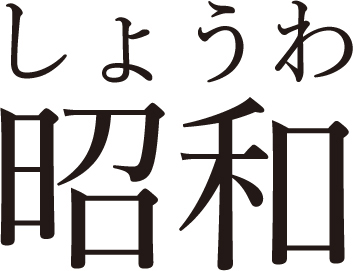 工業の人事
工業の人事 は、
は、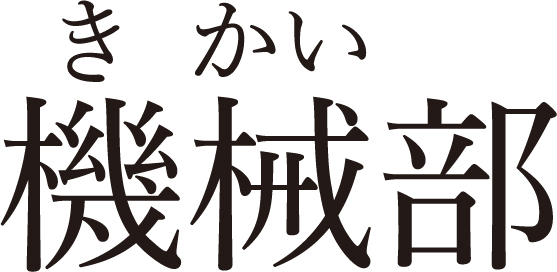 の斎
の斎 から今度の
から今度の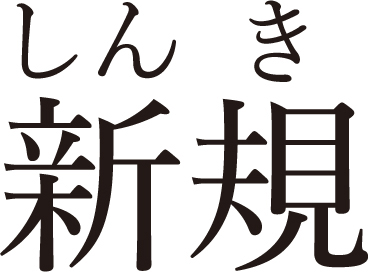 事業に経理
事業に経理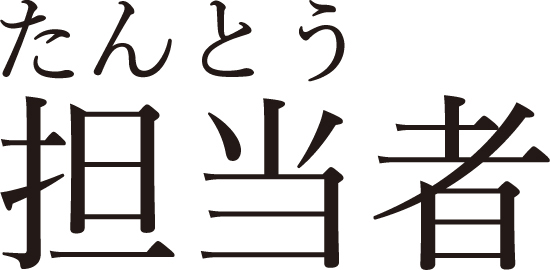 、 エンジニアを
、 エンジニアを めて、5名出すように求められた。
めて、5名出すように求められた。
人事 :
:
3—Confirming Instructions – Openings 指示を確 する一切り出し
する一切り出し

ここ数年 、
、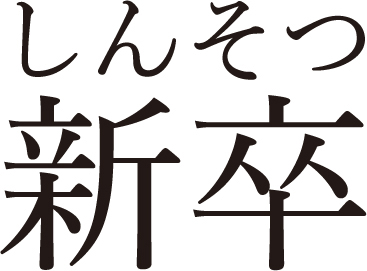 を
を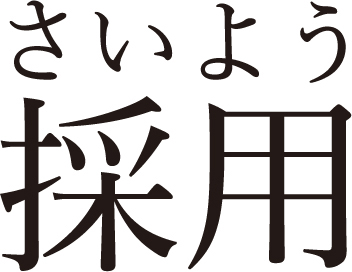 していませんから、それだけの人材を
していませんから、それだけの人材を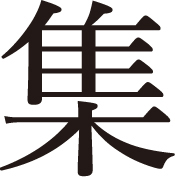 め るのは、かなり時
め るのは、かなり時 がかかると思いますが、この点……
がかかると思いますが、この点……
5—Confirming Instructions – Asking for Opinions 指示を確 する一意見を
する一意見を く
く

斎 :
:
タイミングが大切ですから、早ければ早いほどいいと思いますが。
人事 :
:
3—Confirming Instructions – Openings 指示を確 する一切り出し
する一切り出し

特に経理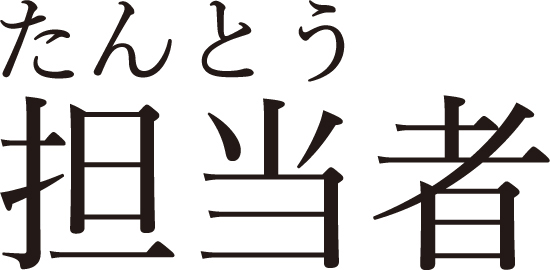 を社内で
を社内で つけるのは容易ではありません。最悪の 場合、外
つけるのは容易ではありません。最悪の 場合、外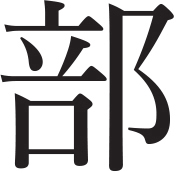 からリクルートする必
からリクルートする必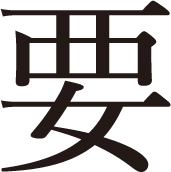 があるかもしれませんが、
があるかもしれませんが、
5—Confirming Instructions – Asking for Opinions 指示を確 する——意見を
する——意見を く
く

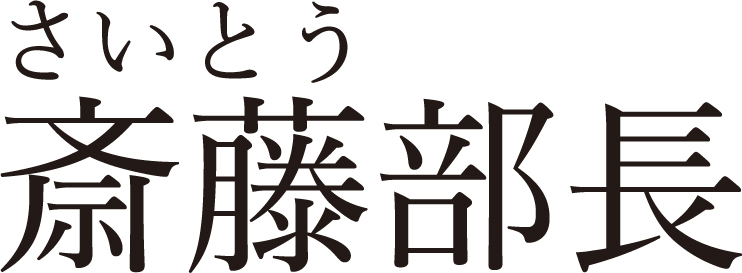 :
:
それも、やむを得ないと思います。
人事 :
:
3—Confirming Instructions – Openings 指示を確 する一切り出し)
する一切り出し)

エンジニアの場合についても同じだと
4—Confirming Instructions 指示を確 する
する

斎 :
:
いえ、エンジニアの場合はノウハウの問 がありますから、なんと か社内で
がありますから、なんと か社内で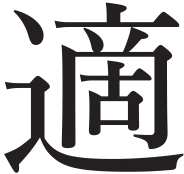 材を
材を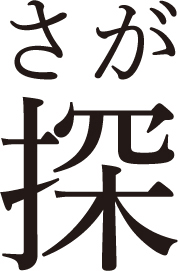 して
して
2—Giving Instructions 指示を与える

人事 :
:
はい、わかりました。
VOCABULARY
昭和工業 |
しょうわこうぎょう |
|
人事 |
じんじかちょう |
|
機械 |
きかいぶ |
|
新 |
しんきじぎょう |
|
経理担当 |
けいりたんとうしゃ |
|
数年 |
すうねんかん |
|
新卒 |
しんそつ |
|
採用 (する) |
さいよう |
|
人材 |
じんざい |
|
|
あつめる |
|
特に |
とくに |
|
社内 |
しゃない |
|
容易 (な) |
ようい |
|
最悪 |
さいあく |
|
外 |
がいぶ |
|
やむを得ない |
やむをえない |
|
ノウハウ |
|
|
|
てきざい |
* Sample Expressions are shown in this page.
* this pageに 答例があります。
答例があります。
 |
Making a Dialogue ①—Sample実 |
Read the following Characters, Situation and task sheets.
登場人物•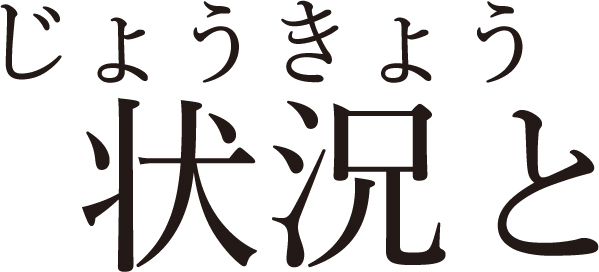 タスクシートを確
タスクシートを確 してください。
してください。
システム 、
、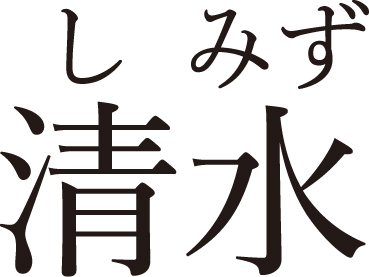 (
( )
)
Closet Corporation has decided to upgrade the customer management system and seek for possibility of changing the contractor. General Manager of System Department asked Mr. Shimizu to select the candidate contractors.
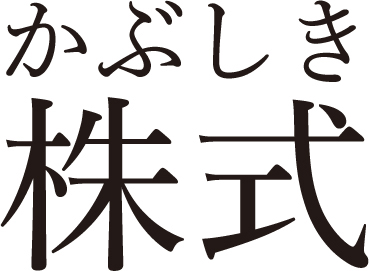 会社クローゼットは、
会社クローゼットは、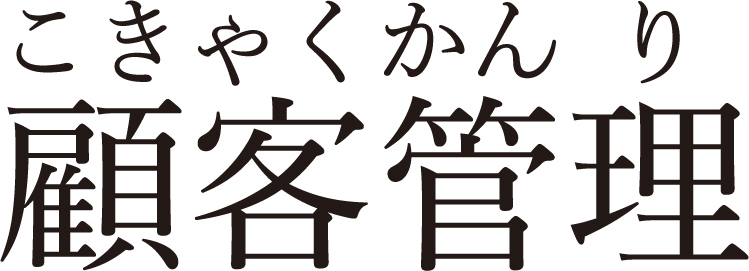 システムの
システムの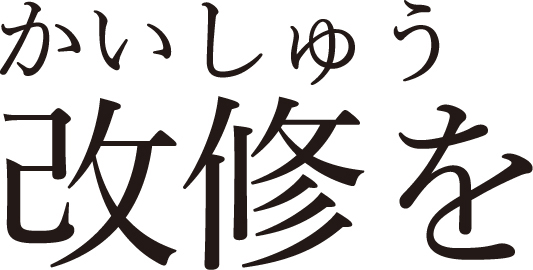
 うことになった。それ
うことになった。それ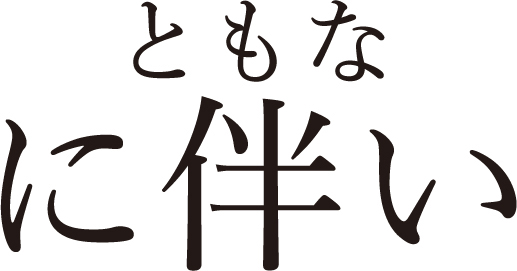 、発注先の
、発注先の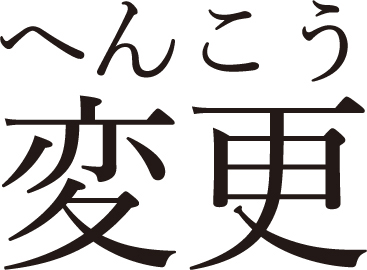 を
を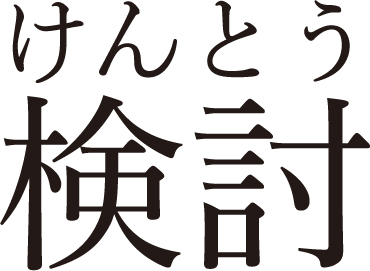 することになった。システム
することになった。システム は清水さんを呼 び、発注先の
は清水さんを呼 び、発注先の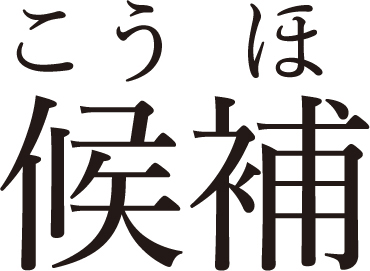 を
を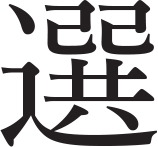 定するよう
定するよう じる。
じる。
システム のタスクシー卜
のタスクシー卜
|
システム |
|
|
何をする |
指示を |
何について |
|
どうして |
|
清水さんのタスクシー卜
|
清水さんが |
|
システム |
何をする |
指示を受け、必 |
何について |
|
どうして |
|
Write out a dialogue considering the foregoing Characters, Situation and task sheets, in line with the guidelines below.
登場人物•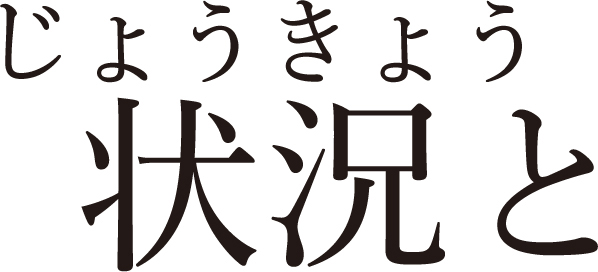 タスクシートの
タスクシートの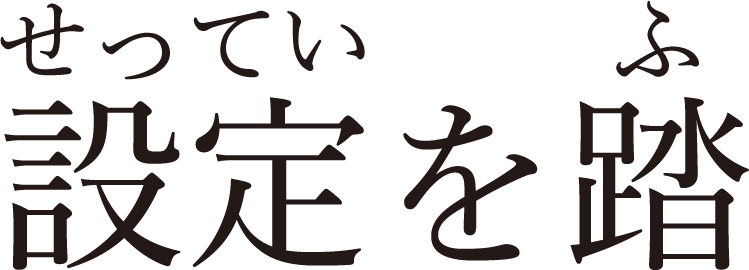 まえて、以下のガイドラインに
まえて、以下のガイドラインに って会
って会 を
を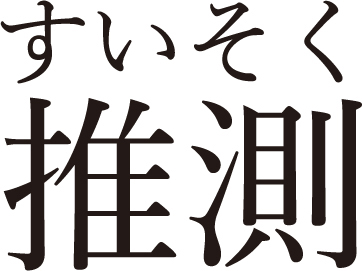 してみましょう。
してみましょう。
Guidelines ガイドライン
General Manager and Mr. Shimizu have discussions on candidate contractors, whether they are limited to Japanese companies or they should include foreign companies.
General Manager gives Mr. Shimizu instructions on the timing for system introduction and Mr. Shimizu confirms them as required.
General Manager gives Mr. Shimizu instructions on how many candidate contractors to be selected and Mr. Shimizu confirms them as required.
 と清水さんは発注先
と清水さんは発注先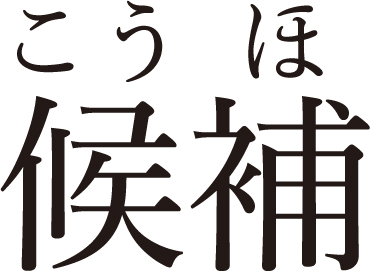 について、国内
について、国内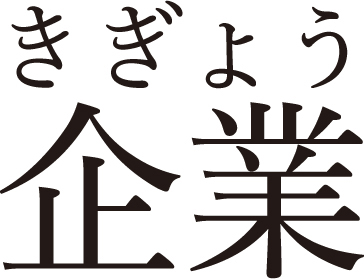 だけにするか海外企業も
だけにするか海外企業も めるか
めるか し合う。
し合う。
 は
は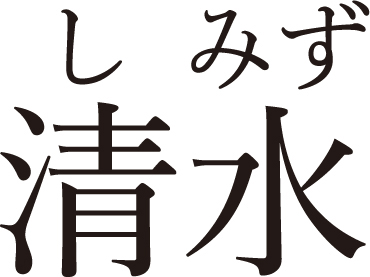 さんにシステ
さんにシステ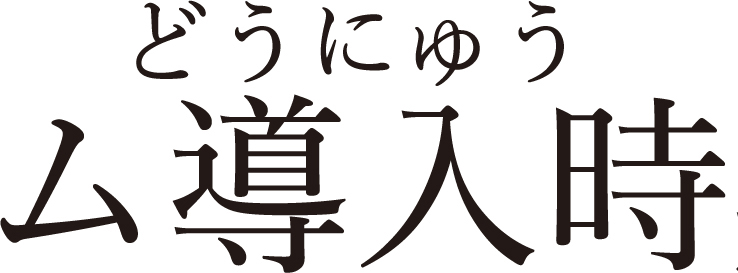 期について指示を
期について指示を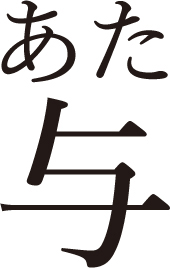 え、清水さんは必
え、清水さんは必 に
に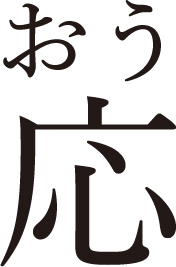 じて指示の内容を
じて指示の内容を に確
に確 する。
する。
 は清水さんに発注先
は清水さんに発注先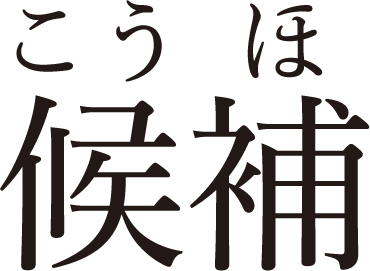 の
の 定を何社にするか指示を与え、清水さんは 必
定を何社にするか指示を与え、清水さんは 必 に応じて指示の内容を
に応じて指示の内容を に確
に確 する。
する。
システム :
:
清水 :
システム :
:
清水 :
システム :
:
清水 :
Listen to sample Dialogue 4–2 comparing with what you wrote out.
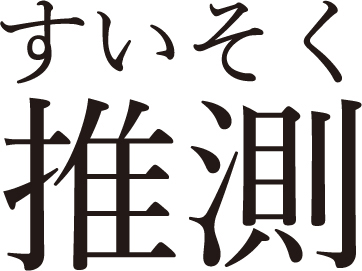 した会
した会 と比
と比 しながら、会
しながら、会 例4–2を
例4–2を きましょう。
きましょう。
 [Sample Dialogue 4–2]
[Sample Dialogue 4–2]
* The script of Sample Dialogue 4–2 is shown in this page with the vocabulary list.
* this pageに会 例4–2のスクリプトと
例4–2のスクリプトと があります。
があります。
 |
Making a Dialogue ②一Setting & Expressions実 |
In what situation would you give or confirm instructions?
Prepare a task sheet for your own case (by filling in the blank sheet below), with your original setting of characters and situation.
あなた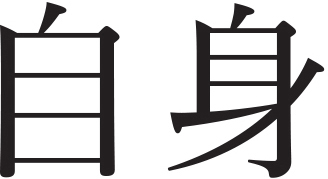 は、どのような場
は、どのような場 で、指示を
で、指示を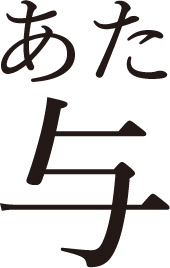 えたり指示を受けたりしますか。
えたり指示を受けたりしますか。
「実 に
に す
す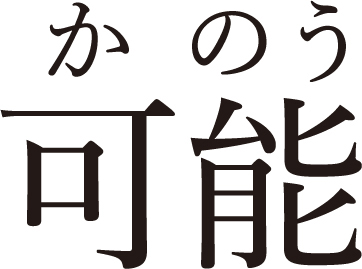 性がある、あなた
性がある、あなた のオリジナルの
のオリジナルの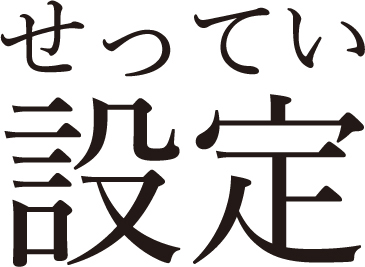 (登場人物•
(登場人物•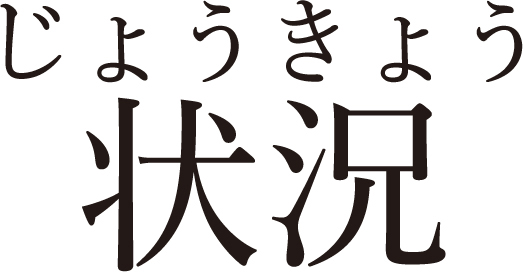 )」 でタスクシートを作成しましよう。
)」 でタスクシートを作成しましよう。
* this pageにも、ブランクシートがあります。
私 ( ) のタスクシー卜
|
|
|
|
何をする |
|
何について |
|
いつ/どこで |
|
どうして |
|
Prepare a list of expressions to be used in the dialogue you will create.
会 をシミュレーションし、
をシミュレーションし、 現の準備メモを作りましょう。
現の準備メモを作りましょう。
 |
Making a Dialogue ③一Your Own Case実 |
Use the expressions you prepared in STEP 3 for your own case.
Ask other people to give comments on your own dialogue and, adjusting your speech by considering their comments, find out “your own way of speech” appropriate for the dialogue.
実 の場
の場 で、準備メモに書いた
で、準備メモに書いた 現を使ってみましょう。
現を使ってみましょう。
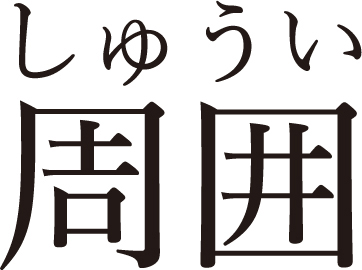 の人のフィードバックを参
の人のフィードバックを参 に、
に、 し方を
し方を 整、
整、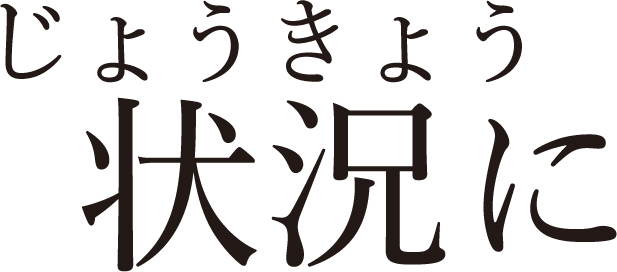
 した「あなたの
した「あなたの  し方」を
し方」を つけてください。
つけてください。